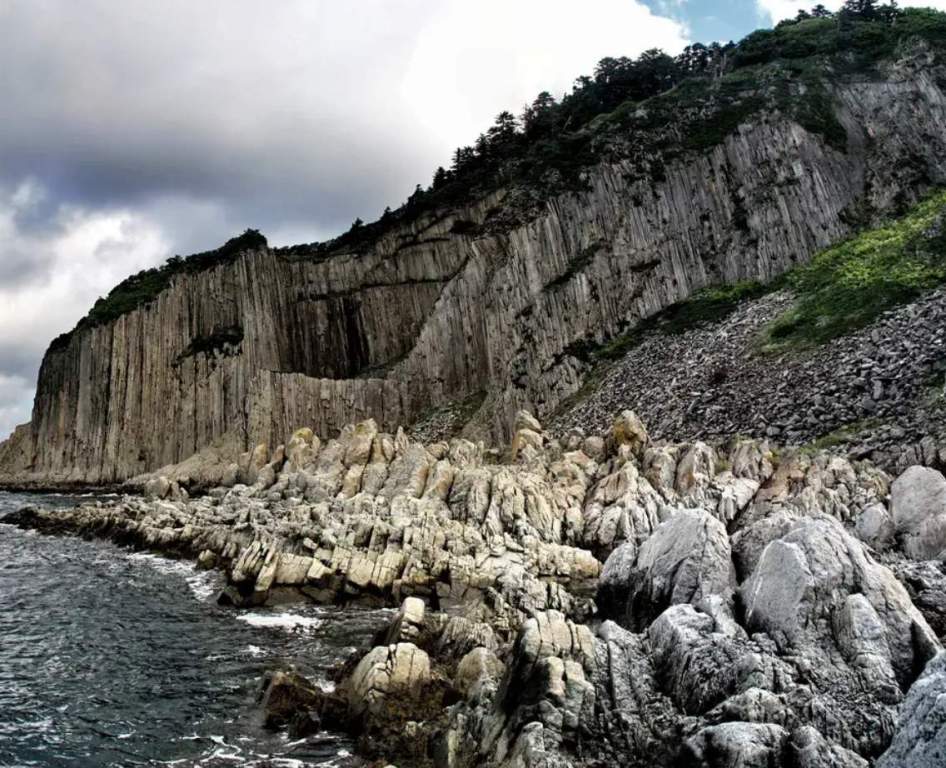The Great Wall of China is one of the most wonderful pieces of architecture. It is the most ambitious building project ever made in the history of mankind. The construction of the Great Wall of China is a formidable defensive structure. It was built to ward off invasion and to protect the Chinese Empire, which dates back by more than 2,000 years to the 7th century BC during the Chunqiu period.
Therefore, the construction continued up to the Ming dynasty (1368–1644). When the Great Wall became the world’s largest military structure,. Particularly well-known is the wall built between 220 and 206 BC by the first Emperor of China, Qin Shi Huang, but little of that wall remains. However, after that, the Great Wall has been rebuilt, maintained, and fortified.
This is one of the more fascinating places to visit The Great Wall is where it meets the Bohai Sea near Shanghaiguan in Qinhuangdao City, about 300 kilometers east of Beijing. Shanhaiguan or Shanhai Pass, is one of the main passes of the Great Wall of China, located south of Yan Mountain, and north of the Bohai Sea. Moreover, the Great Wall lengthens 5 kilometers north of Shanhai Pass, where it juts into the sea.
Old Dragon’s Head is where The Wall starts and from here it stretches to Lop-Lake in the west, along an arc that jaggedly delineates the southern edge of Inner Mongolia. Thus, a length of about 8,850 km ends, depending on how you look at it. So, this captivating part of the wall is well-known as Laolongtou or the Old Dragon’s Head. It looks like a long dragon dipping his head in drinking water from the sea.
This section of the Wall extends about 23 meters out into the Bohai Sea. It is likely to walk out onto the Wall and look over the edge, directly down into the water below. Laolongtou was built in 1579 in the Ming Dynasty. Nevertheless, the Laolongtou Great Wall is mostly formed in 7 parts. Which are the Estuary Stone City, Chenghai Tower, Nereus Temple, Jinglu Beacon Tower, Nanhaikou (Southern Estuary) Pass, Ninghai City, and Binhai (Seafront) Walls.
So, among them, Chenghai Tower is the most famous structure. Chenghai The tower is a two-story building built with bricks and wood, mainly functioning as a defensive arrow tower. Further, the Emperors of the Qing Dynasty once visited it while on their way to Northeast China. They worshipped their ancestors and left various poems and writings. There are also poems by well-known literary figures inscribed on the tablets embedded on the walls.
Moreover, in July 1904, Japanese troops landed at Shanhai Pass, prior to marching to Peking to relieve the siege of the legations during the Boxer Uprising. A pre-landing bombardment of the area, which was completely needless as few Chinese troops were present, destroyed this section of the wall. What stands nowadays is a 1980’s effort by the authorities to imitate the original.
By the shore, the Changtai Tower, and the Temple to the Sea Goddess that sit in its center were initially built in 1579 but are now covered with replica soldiers in Qing Dynasty costumes. Furthermore, most excitingly, the original wall was built using a mixture of glutinous rice soup mixed with sand, earth, and lime. So, Old Dragon’s Head is such a historical site and a must-see whenever you go there.
Also Read:
- Kumbhalgarh Fort – The Great Wall of India
- The Wall of Tears, Ecuador
- The Great Wall of Western Australia









Product You May Interested
- Crush Food Cravings with Odd Water Hack and Melt 62lbs
- Flavor Pairing Ritual Supercharges Women’s Metabolisms
- The best Keto Diet Program
- Unlock your Hip Flexors, Gives you More Strength, Better Health and All Day Energy.
- 21 Days Flat Belly Rapid Weight Loss System
- Fan Victor – The Ultimate Fantasy Sports Plug-in
- 7 Instant Confidence Technique with Women Program






